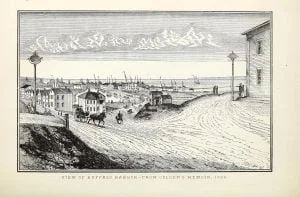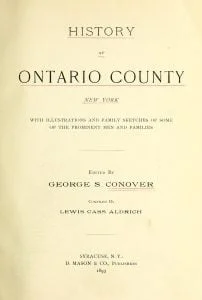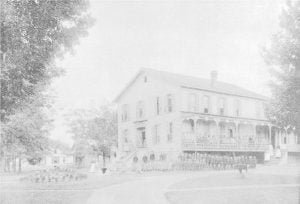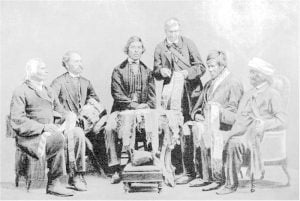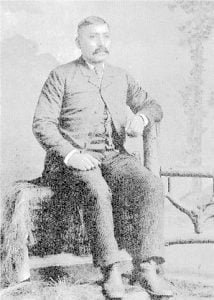History of Erie County New York
“History of the City of Buffalo and Erie County” by Henry Perry Smith, published in 1884, offers an extensive and detailed account of the development of Buffalo and Erie County. This two-volume work, enriched with illustrations and biographical sketches, serves as a comprehensive resource for understanding the historical progression of the region from its earliest days through the 19th century. Volume I focuses on the history of Erie County, New York, and its townships, excluding Buffalo. For the detailed history of Buffalo, readers should refer to Volume II.

